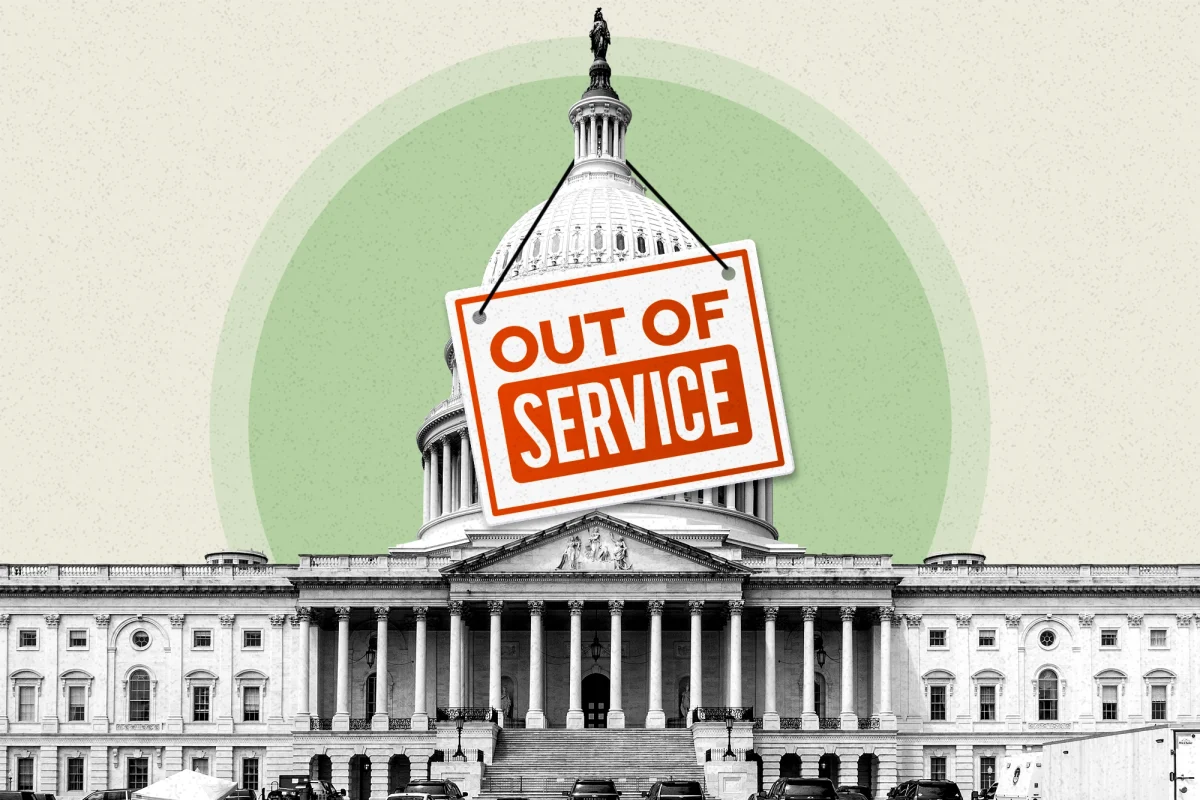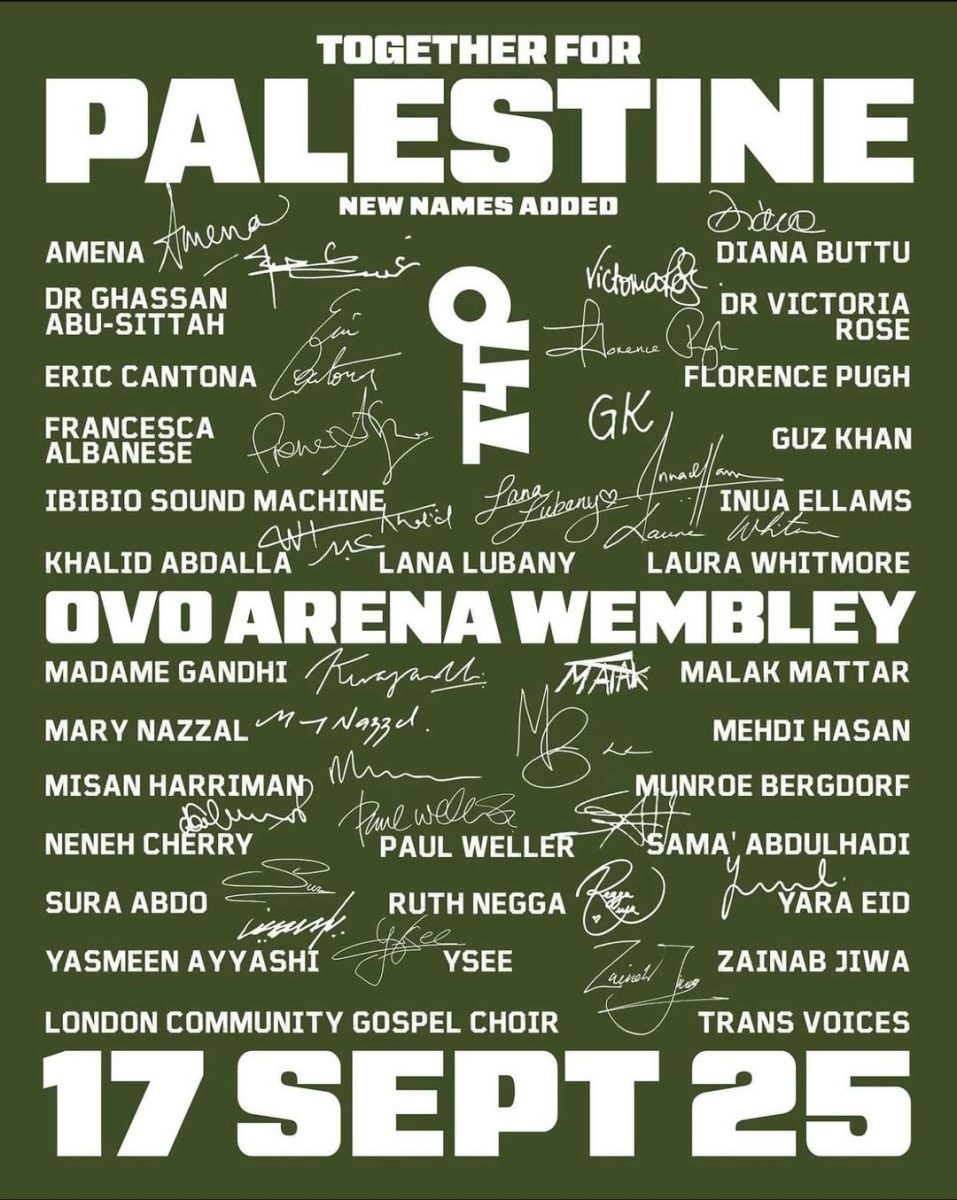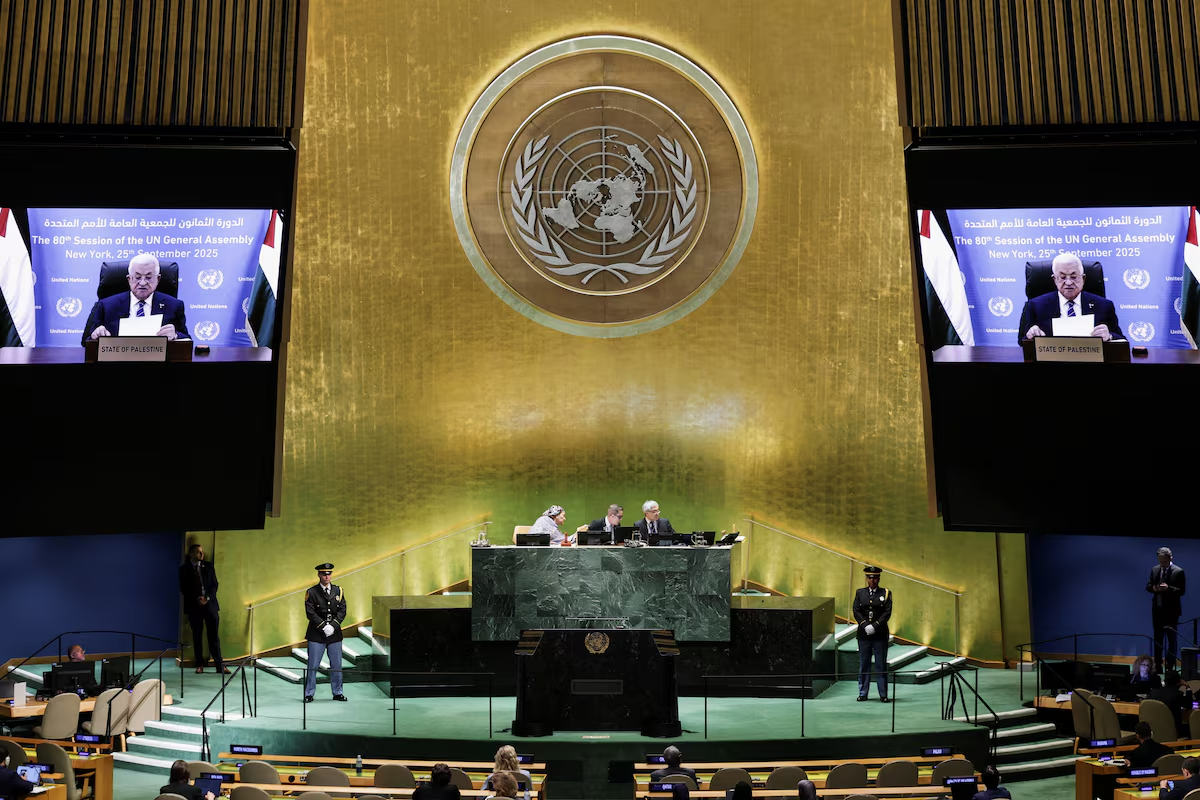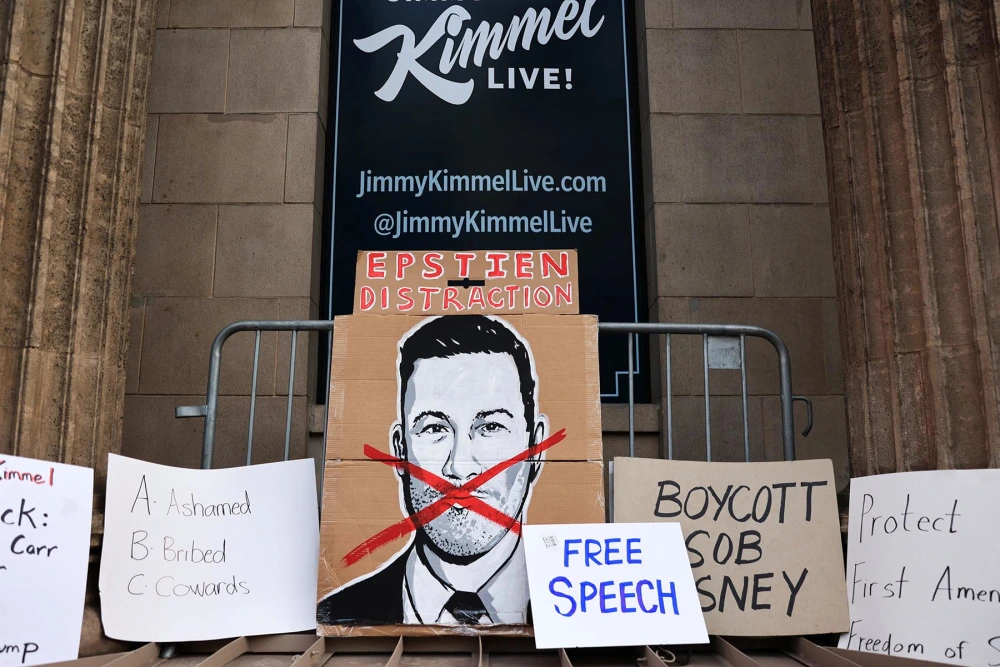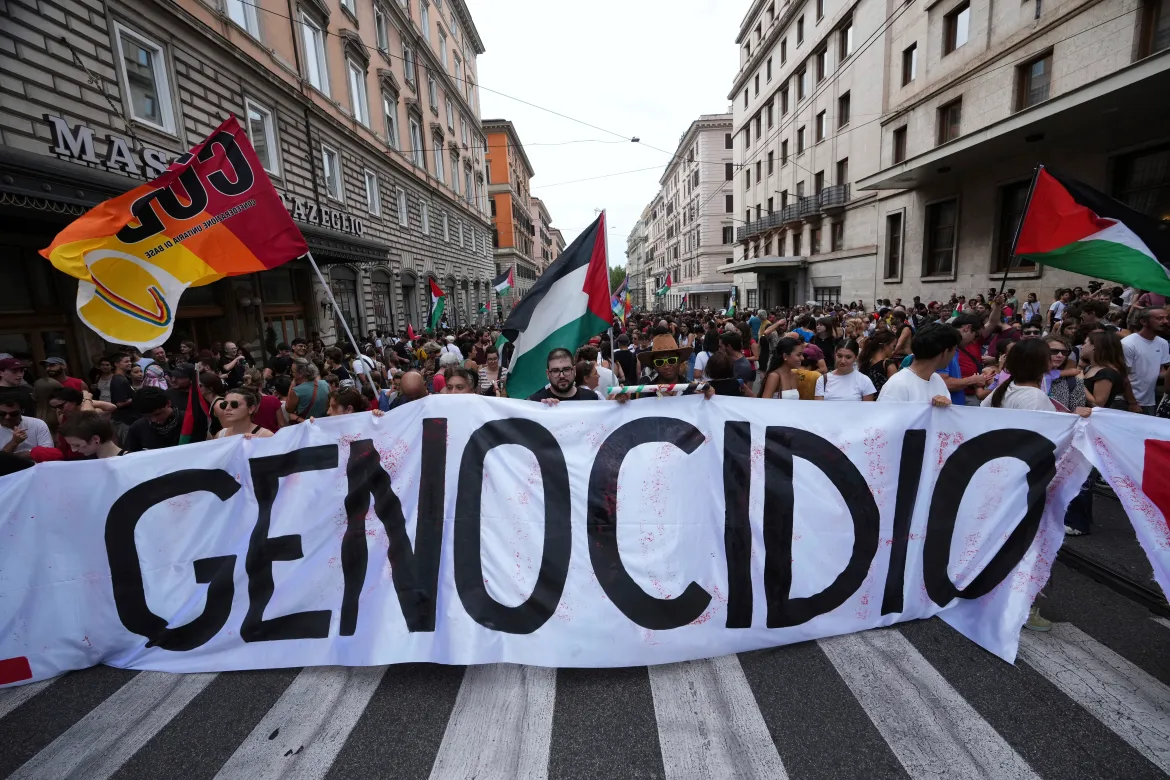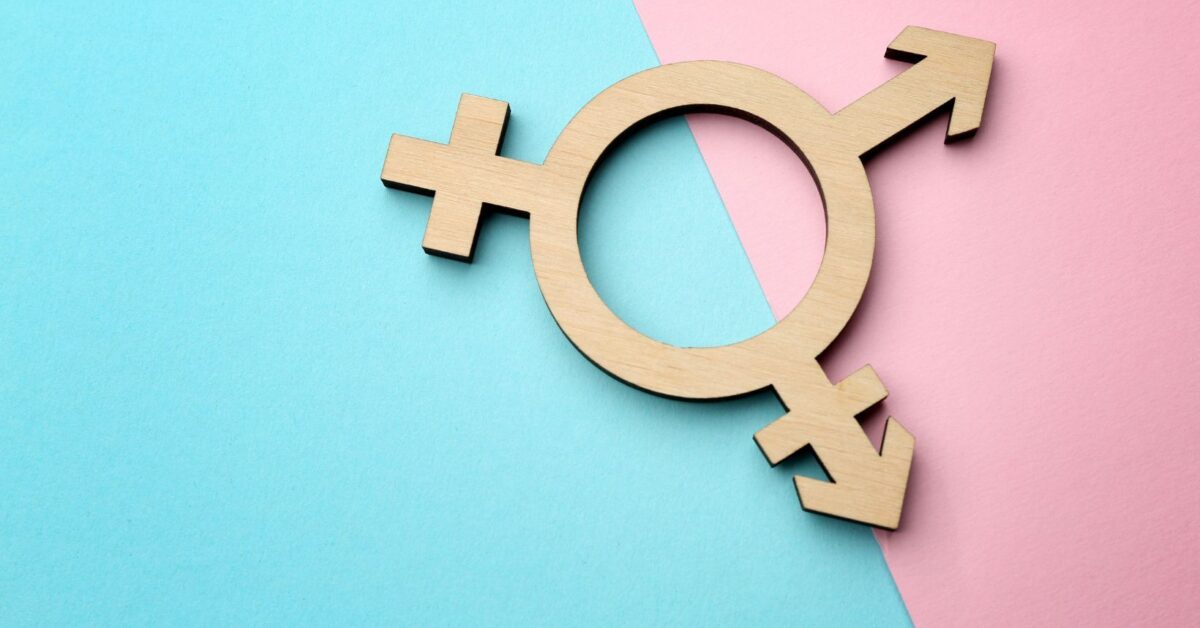There are a significant number of assumptions made by most people when they think about love and things related to it. In the United States, we might generally think of romantic love between two people, and, when it comes to Valentine’s Day, that is especially the case.
Being in a society where being cis-gendered and heterosexual is considered the norm, the image of love that comes to mind for most people will most likely also be an attractive male and female couple. If you do imagine a couple like this when thinking about a relationship where people love each other, it is important to ask yourself why you imagine this when thinking about love.
We should question why we think of love in this limited way because love, relationships and the people involved with these concepts are much more diverse than our traditional concept of love suggests.
There are many more forms of love than romantic and sexual love. There is also the love of friends (philia), the love of everyone (agape) and the love of family (storge). While we might recognize our love for our family or our fondness for our friends, we typically don’t see it as being a “true” form of love in comparison to romantic love.
Our idea of love in the United States is heavily influenced by religious and conservative values that a romantic couple ought to be two cis and heterosexual people who are expected to have children.
This idea can be harmful because it, in some way, invalidates the love people feel for their friends or family. A society that conceptualizes love as a romantic relationship between two cis-gendered heterosexual people will inherently ostracize LGBTQ+ people who do not fit society’s expectations of love. This may adversely affect the mental health of LGBTQ+ community members.
Society’s default idea of love and relationships alone is not the only harm. The societal expectations that led to the formation of that default idea of love are harmful. This can be seen in how marriage is a powerful institution that gives meaningful social and material benefits to people who fit into such a mold.
The traditional form of love and family also ignores and shuns those with a non-biological family. This could be someone with children who are not their own or an individual who has been disowned by their family for their sexuality.
Many LGBTQ+ people are often disowned by or hide their identity from their families out of fear of reprisal. Members of the LGBTQ+ community take comfort in their found family, which most of society would call merely friends.
We rarely recognize that found families can be just as caring for each other as biological families, even though found families are formed through a place of love and care for each other.
Love can take many different forms than we typically see depicted in media and on Valentine’s Day. The people who do not fit into our typical conception of love ought to be valued and respected.




